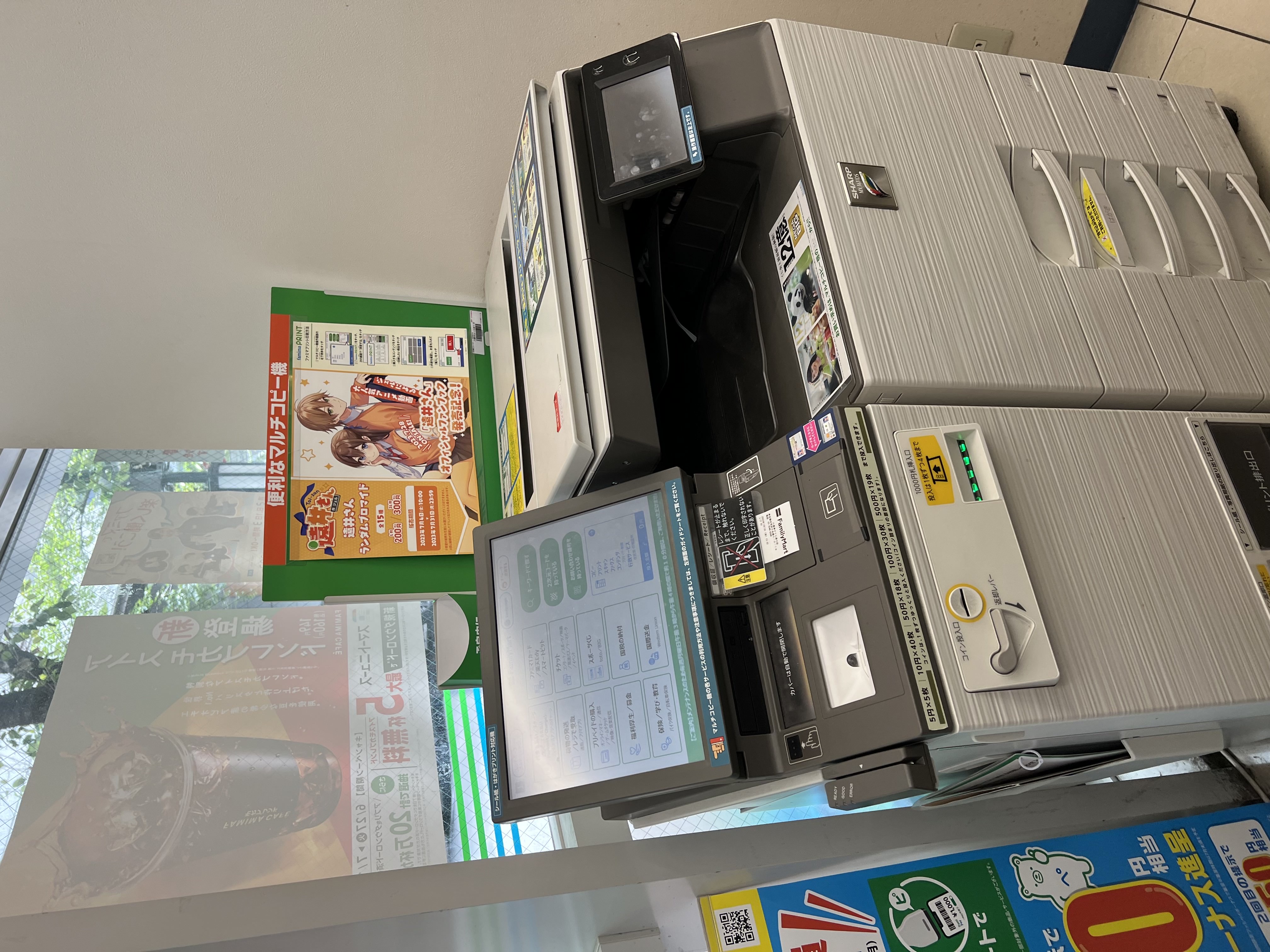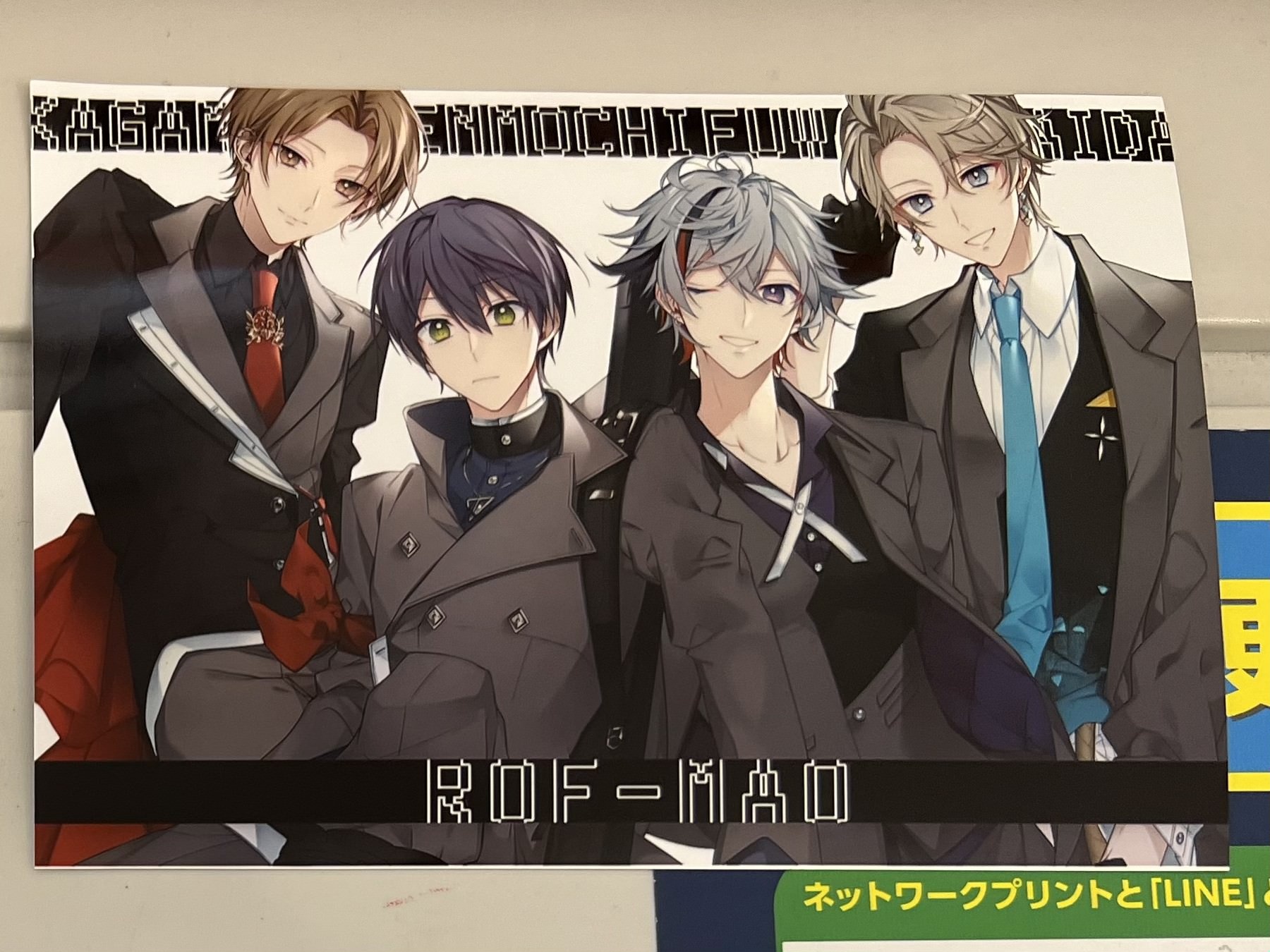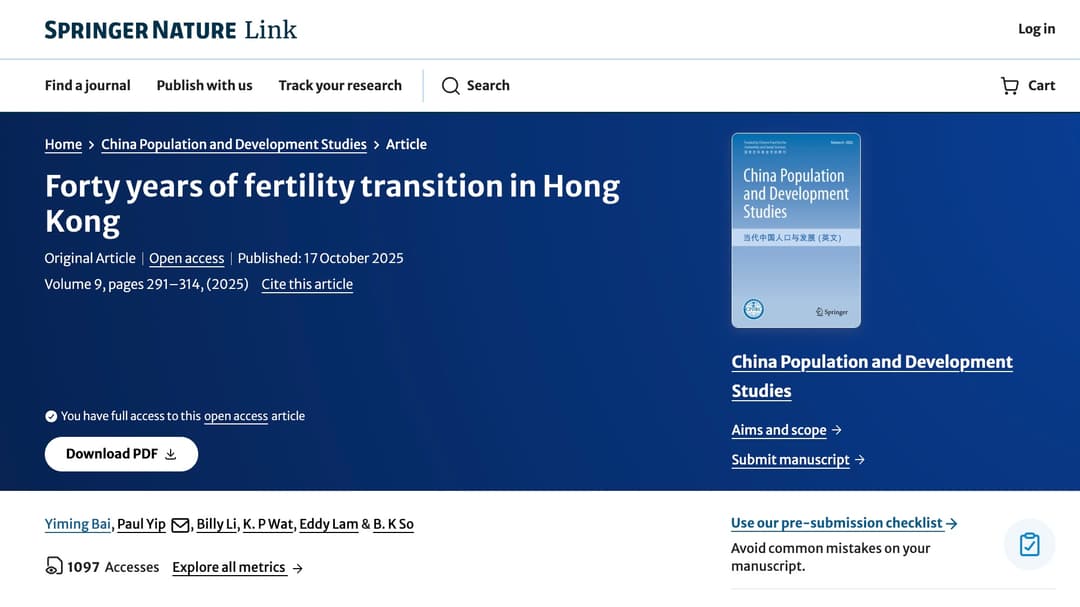By Matthew H.
Published:
| Updated:
Part of our Tokyo Edition Catalog - Cultural Insights
In the bustling streets of Tokyo, where convenience stores (konbini) dot every corner like digital lighthouses, a quiet revolution in fanart distribution has been taking place. Through a service called Netprint, Japan's ubiquitous convenience store multifunction printers have transformed from simple copy machines into gateways for artistic expression and fan culture distribution.
During our recent Tokyo journey covering Comiket 104, we witnessed firsthand how this seemingly mundane service has become an integral part of Japan's vibrant fan culture ecosystem. The Twitter screenshots flooding our timelines told a story of artists sharing user codes, fans eagerly printing limited-edition artwork, and a democratisation of art distribution that would have been unimaginable just a decade ago.
The Technology Behind the Magic
Netprint is a service where users can upload documents and photos from PC or smartphone and print them using copiers in convenience stores, holding the No.1 share in convenience stores across the nation. But this simple description barely scratches the surface of its cultural impact.

Each convenience store chain operates its own version of these multifunction printers: 7-Eleven machines use the Kantan Netprint system, while Lawson, FamilyMart, and Ministop share the PrintSmash platform. This infrastructure means that almost every single convenience store in Tokyo has a printer, making it highly accessible without requiring additional purchases.
The process is elegantly simple: artists upload their work to the service, receive a unique user code, and share this code with fans. Anyone can then walk into a convenience store, input the code at a multifunction printer, and receive a high-quality print of the artwork within minutes.
A Cultural Phenomenon in the Making
What makes Netprint particularly fascinating is how it has organically evolved into a distribution channel for fan art and doujinshi-related content. Unlike traditional printing services that require large minimum orders, Netprint operates on a pay-per-print model that perfectly suits the fan art community's needs.
Artists can now bypass the traditional barriers of physical distribution. No longer do they need to invest in bulk printing, worry about inventory management, or limit themselves to major events like Comiket for distribution. Instead, they can make their artwork available 24/7 across Japan's extensive convenience store network.

The service supports various formats crucial to fan art distribution: from standard A4 prints to photo paper in L size (89x127mm), 2L size (127x178mm), square formats, and even postcard sizes (100x140mm). Some locations even offer specialty printing options like seal stickers, catering to the diverse needs of fan artists.
The Economics of Digital-to-Physical Art
From an economic perspective, Netprint represents a paradigm shift in how fan art monetization works in Japan. Traditional fan art distribution required significant upfront investment - artists had to estimate demand, invest in bulk printing, and handle physical distribution logistics. Many promising artists were excluded from the market simply due to these barriers.
Netprint eliminates these challenges by shifting the printing cost and logistics to the end consumer. Fans pay directly for the prints they want, when they want them. This model means artists can test market demand for their work without financial risk, while fans can access a virtually unlimited catalog of artwork without artists needing to maintain physical inventory.
The pricing structure is also democratically accessible. Prints typically cost between 20-100 yen depending on size and paper quality - roughly equivalent to the cost of a single manga chapter. This pricing point makes fan art collection affordable for most fans while still providing artists with a revenue stream. However, official ones usually sells at a much higher price, often standing at 200-300 yen per card, and usually, they come at random so you may have to pay a lot to get the whole set.
Integration with Fan Culture Events
Our coverage of Comiket 104 revealed how Netprint has become seamlessly integrated with Japan's fan culture events. Artists who participate in Comiket often use Netprint as a complementary distribution channel - offering exclusive artwork through the service before, during, and after events.
This integration extends beyond just Comiket. Virtual YouTuber (VTuber) fan artists, anime fan communities, and even independent music artists use Netprint to distribute promotional materials, exclusive artwork, and limited-edition prints. The service has become particularly popular among artists who cannot physically attend events but want to participate in the broader fan culture ecosystem.
Technical Innovation Meets Cultural Tradition
What's particularly interesting about Netprint is how it bridges Japan's digital innovation with its traditional respect for physical media. While many countries have moved towards purely digital art consumption, Japan's fan culture maintains a strong preference for physical collectibles - from doujinshi to character goods.
Netprint serves this cultural preference while leveraging modern convenience store infrastructure. The result is a system that feels both cutting-edge and respectfully traditional, much like many aspects of modern Japanese culture.
The service also reflects Japan's unique approach to technology adoption. Rather than disrupting existing systems, Netprint enhances and integrates with established infrastructure (convenience stores) and cultural practices (physical media collection) to create something entirely new.
Challenges and Limitations
Despite its success, Netprint faces several challenges. Copyright concerns remain a gray area, though the service operates under Japan's relatively permissive doujinshi culture norms. Quality control can be inconsistent across different convenience store chains and locations. Additionally, the system's popularity has led to some user codes becoming unavailable quickly due to high demand.
International accessibility remains limited, as most Netprint services are designed for the Japanese market. This creates an interesting dynamic where Japan's fan culture can distribute domestically with unprecedented ease, while international fans face barriers accessing the same content. Note: We have seen Japanese Artist distributing it through Taiwan Regions' Convenience Stores ibon print service, but support to other countries and regions remain to be seen.
The Future of Fan Art Distribution
Looking ahead, Netprint represents more than just a printing service - it's a glimpse into the future of on-demand, location-based content distribution. As augmented reality and digital-physical integration technologies continue to evolve, the principles behind Netprint may expand beyond static prints to include interactive media, augmented reality experiences, and other hybrid digital-physical content.
The service has already begun influencing how artists think about their work's lifecycle. Rather than creating for specific events or limited print runs, many artists now design with Netprint's capabilities in mind, creating artwork optimized for various print sizes and formats.
Democratizing Art Distribution
Netprint exemplifies Japan's ability to transform mundane infrastructure into cultural innovation. By leveraging the country's dense convenience store network, the service has democratized fan art distribution in ways that would be difficult to replicate elsewhere.
For international observers of Japanese culture, Netprint offers valuable insights into how digital services can enhance rather than replace traditional cultural practices. It demonstrates that the future of content distribution may not be purely digital, but rather a sophisticated integration of digital convenience with physical satisfaction.
As we continue exploring Tokyo's cultural innovations in our subsequent articles, Netprint stands as a perfect example of how technology, infrastructure, and culture can combine to create entirely new ecosystems for creative expression. In a world increasingly divided between digital and physical experiences, Japan's convenience store printers offer a refreshingly integrated approach that serves both artists and fans in ways neither purely digital nor traditional physical distribution could achieve alone.
This article is part of The Once Times Tokyo Edition Catalog. For more insights into Japan's cultural and technological innovations, explore our complete catalog of experiences from the Greater Tokyo Area.






